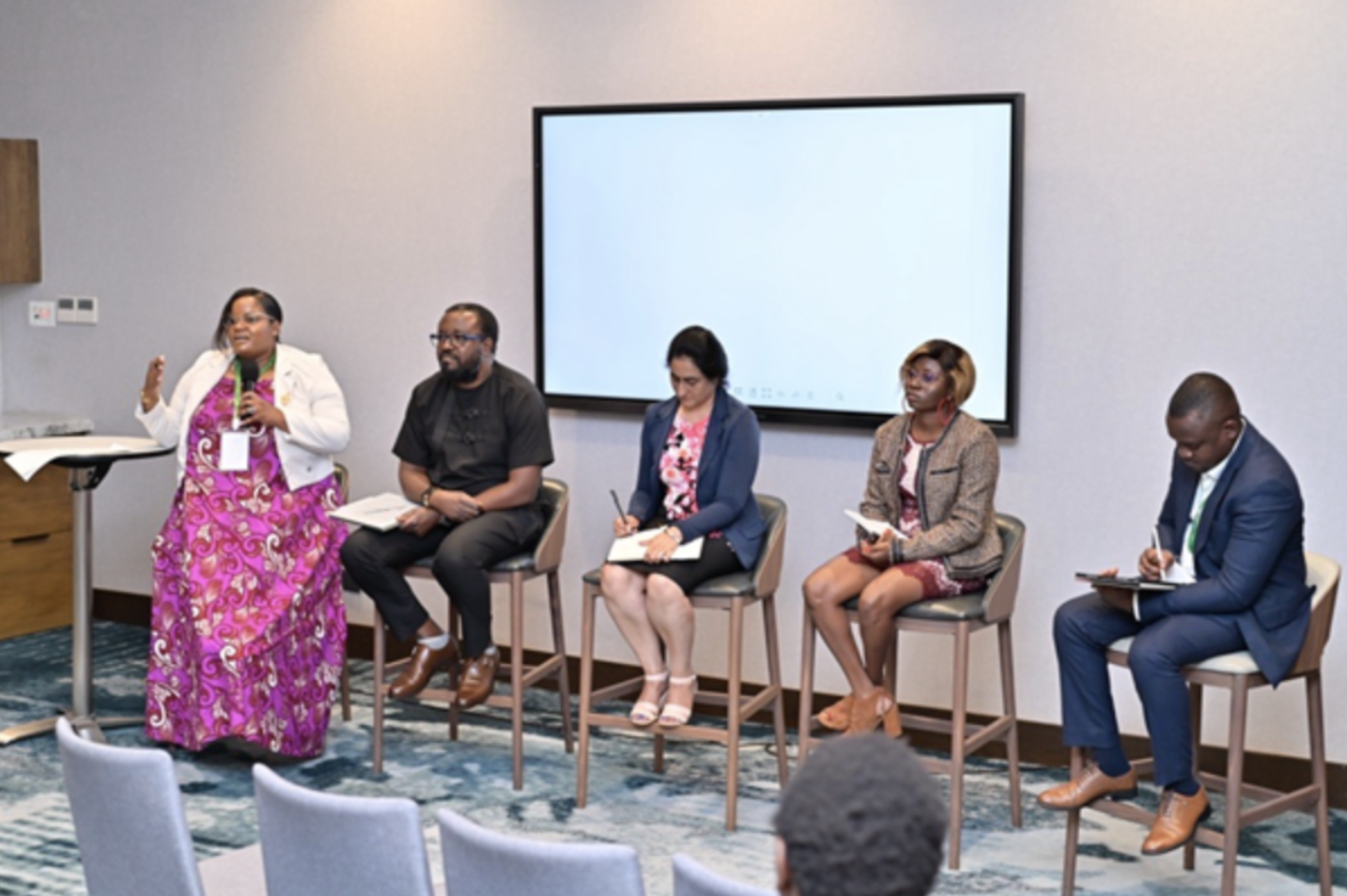
Impact Stories
Improving capture of data on stillbirths and neonatal deaths to enhance prevention efforts
Wednesday, June 26, 2024

By Joseph Akuze
The first few moments after a baby is born are some of the most magical and life-changing a family can experience. However, for some families, they are overshadowed by devastating loss when a stillbirth or neonatal death happens. Every year, approximately two million babies are stillborn, and 2.3 million newborns die within the first month of life across the globe. These tragic losses are a major global health concern, which is why efforts are being made to reduce the number of stillbirths and neonatal deaths worldwide. Data on these events in high-, low- and middle-income countries are scanty and where available the quality can be questionable.
As a society, we have a responsibility to do everything in our power to understand why these tragedies happen and to prevent them. One way to do that is through collecting high quality data using standardised household surveys like the Demographic and Health Surveys (DHS). This is particularly important in low-resource settings without fully developed Civil and Vital Registration Systems (CRVS). High quality data are crucial to progress in this area but capturing these data accurately can be challenging methodologically, especially because the timing of these adverse events is frequently omitted or imprecise.
Approach
Our work explores the issue of improving stillbirth and neonatal death data capture and quality in household surveys. The Every Newborn-International Network for the Demographic Evaluation of Populations and Their Health (EN-INDEPTH), a multi-country survey database, can help achieve this. The EN-INDEPTH multi-country survey database is a collaborative effort among the London School of Hygiene & Tropical Medicine (UK), Makerere University School of Public Health (Uganda) and five Health and Demographic Surveillance System (HDSS) sites in five countries (Bandim in Guinea-Bissau, Dabat in Ethiopia, Iganga Mayuge in Uganda, Kintampo in Ghana and Matlab in Bangladesh). The database consists of more than 68,000 women, and includes information on stillbirths, neonatal deaths, and other maternal and newborn health indicators. In addition to the survey data, EN-INDEPTH survey captured paradata (audit trail or process data about the survey data collection) and qualitative data from both mothers and Interviewers about their experiences.
Grand Challenges Africa funding from the SFA Foundation has enabled our team to retrospectively interrogate these valuable datasets to help identify potential problems with data capture and quality. This provides insights into factors that influence reporting of stillbirths and neonatal deaths in surveys using multidisciplinary approaches -- notably, data science, industrial statistics and qualitative approaches.
One of the main challenges of capturing stillbirth and neonatal death data in household surveys is identifying their occurrence. Many stillbirths and neonatal deaths occur at home, and families may not report these events to health facilities or authorities. In addition, emotional, cultural and social factors may make it difficult for families to talk about these losses. To address these challenges, household surveys can use a range of strategies to identify stillbirth and neonatal death cases. For example, they can ask about recent births and deaths in the household and use “verbal autopsies” to identify the cause of death for neonatal deaths.
However, even when stillbirth and neonatal death cases are identified, capturing accurate data about these events can be challenging. This is because of the complexity of the data, the sensitivity of the topic, and the emotional impact on respondents. In addition, survey respondents may not always remember or understand the details of the events, and interviewers may not have the necessary training or resources to collect high-quality data. Also, interviewers have been known to deliberately omit data to decrease their workload. To address these challenges, review of paradata prospectively (as the survey is underway) or retrospectively can help identify these issues so that strategies to mitigate them are developed in a timely and targeted manner. For example, with EN-INDEPTH Paradata, we were able to identify and visualise patterns of omitted data, corrections and errors that happened during the data collection, and troublesome or difficult questions that would require extra care and training to improve data quality.
Lessons
Improving data quality and capture of stillbirths and neonatal deaths is a complex and challenging task, but it is vitally important. By analysing survey data, we can determine estimates and associations, but further analysis of paradata brings more context to our understanding of how good the data are. Paradata analysis can be complex and may require investments in skills and computers with higher computational capacity -- the EN-INDEPTH Paradata was over 100 gigabytes. Further qualitative data provides insights into cultural, social and societal norms associated with reporting both stillbirths and neonatal deaths.
To address data quality and reporting of stillbirths and neonatal deaths in surveys, multifaceted approaches are required -- notably, survey monitoring, design of clear and concise questionnaires and instructions, using electronic data collection tools that allow capture of paradata. Interviewer training is also required.
By employing these interdisciplinary approaches, the EveryNewborn-INDEPTH multi-country survey database has been able to capture high-quality data on stillbirths and neonatal deaths in household surveys and has informed global policy and practise in the DHS Phase 8 with a current change from Full Birth History and Full Pregnancy History.
About the Author
Joseph Akuze is a grantee of the Grand Challenges Africa programme under the SFA Foundation doing data driven research on maternal and neonatal health in Uganda. Read more about his work: https://gcgh.grandchallenges.org/grant/improving-stillbirth-and-neonatal-death-data-capture-and-quality-household-surveys-big-data



